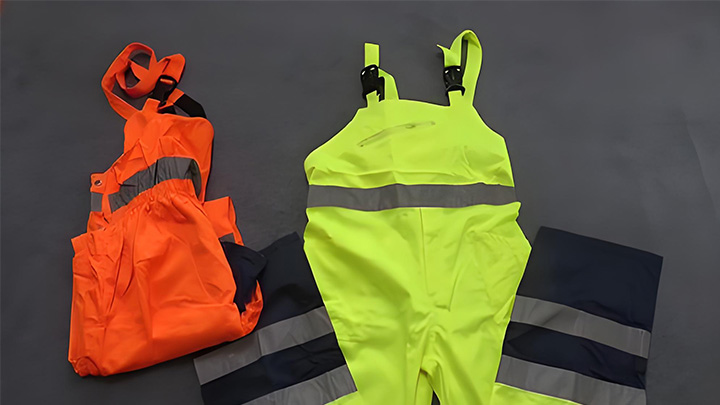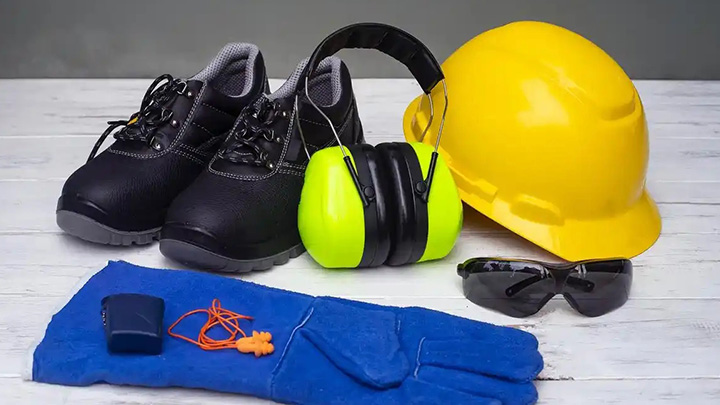How to Choose the Right Protective Clothing for Workers
Protective clothing is a vital part of workplace safety, designed to shield workers from specific hazards. Selecting the right protective clothing involves understanding the workplace environment, the risks involved, and the needs of the workers. This article outlines the key considerations for choosing protective clothing.
1. Assess Workplace Hazards
The first step in selecting protective clothing is to evaluate the potential risks in the workplace. Common hazards include:
- Chemical Exposure: Risk of spills, splashes, or prolonged contact with hazardous chemicals.
- Heat and Fire: Working near flames, hot surfaces, or molten materials.
- Cold Environments: Exposure to extremely low temperatures or wet conditions.
- Sharp Objects: Risk of cuts, punctures, or abrasions.
- Biological Hazards: Exposure to infectious materials or microorganisms.
Understanding these risks helps determine the type of protection required.
2. Choose the Appropriate Material
The material of protective clothing is crucial to its effectiveness. Different materials provide protection against specific hazards:
- Cotton or Cotton Blends: Comfortable and breathable, suitable for general use.
- Flame-Resistant Fabrics: Protect against heat and fire. Common options include Nomex and Kevlar.
- Chemical-Resistant Materials: PVC, neoprene, or polyethylene-coated fabrics for shielding against chemicals.
- Insulated Fabrics: Designed for cold environments, offering thermal protection.
- Micro-porous or Laminated Materials: Ideal for preventing biological contamination or fine particle exposure.
3. Ensure the Right Level of Protection
Protective clothing comes in different levels of protection, depending on the severity of the hazard:
- Basic Protection: For low-risk tasks, such as lab coats or light aprons.
- Moderate Protection: Coveralls or smocks for medium-risk environments.
- High-Level Protection: Full-body suits with integrated hoods and boots for hazardous conditions, such as chemical handling or biohazard exposure.
4. Check Standards and Certifications
Ensure the clothing meets relevant safety standards and certifications. Some examples include:
- ISO Standards: For flame resistance, chemical resistance, or durability.
- EN ISO 20471: For high-visibility clothing.
- NFPA 2112: For flame-resistant garments used in industries like oil and gas.
Compliance with these standards guarantees the clothing’s performance and reliability.
5. Prioritize Comfort and Fit
Protective clothing must be comfortable and fit well to ensure workers wear it consistently. Consider:
- Size and Mobility: Clothing should allow free movement without being too tight or loose.
- Breathability: For long shifts, choose garments with adequate ventilation to prevent heat stress.
- Weight: Lightweight options reduce fatigue for workers in physically demanding tasks.
6. Evaluate Durability and Maintenance
Durability is essential for cost-effectiveness and continued protection:
- Reusability: Determine if the clothing is disposable or reusable, based on the work environment.
- Maintenance: Reusable garments should be easy to clean and maintain without losing protective qualities.
- Resistance to Wear and Tear: Ensure the clothing can withstand the work environment’s demands.
7. Consider Additional Features
Depending on the task, additional features may enhance the garment's effectiveness:
- Reflective Strips: For visibility in low-light conditions.
- Integrated Hoods or Boots: For seamless coverage against contaminants.
- Pockets or Loops: For convenience in carrying tools or equipment.
8. Train Workers on Proper Use
Even the best protective clothing is ineffective if not used correctly. Provide training to workers on:
- Correct Wear: Demonstrate how to properly don and remove protective garments.
- Care Instructions: Teach proper cleaning, storage, and inspection techniques.
- Limitations: Inform workers about what the clothing cannot protect against.
Conclusion
Selecting the right protective clothing is a crucial step in safeguarding workers from workplace hazards. By understanding the risks, choosing appropriate materials, and ensuring comfort and compliance with safety standards, employers can provide effective protection. Proper training and maintenance further enhance the benefits of protective clothing, creating a safer and more productive work environment.




